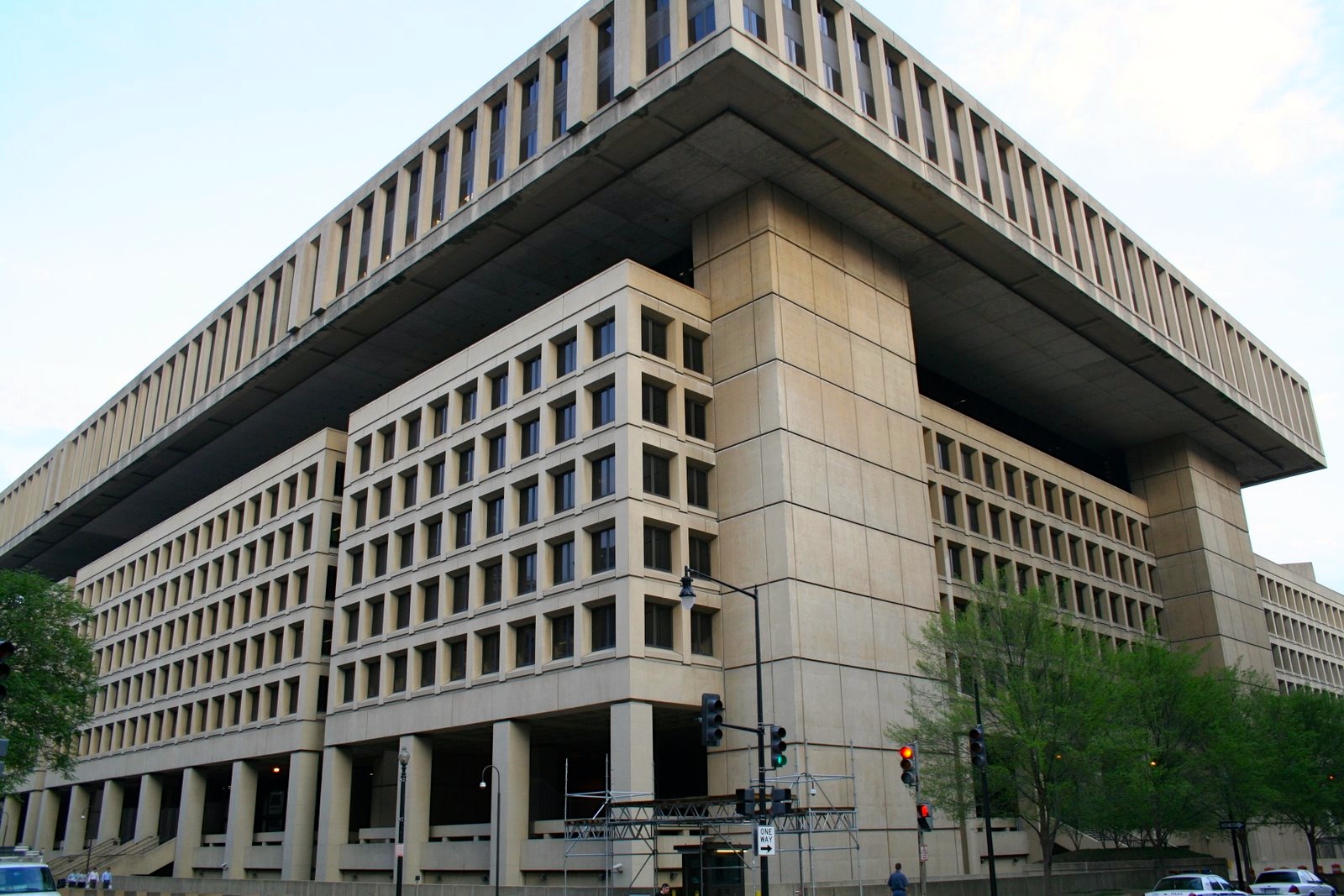A draft executive order has recently riled up the architectural community. Entitled “Making Federal Buildings Beautiful Again,” it points out the ugliness in a number of modern architectural movements and calls for a return to classical and other traditional styles of architecture in Federal buildings. Classical architecture is beautiful. When done well, it is breathtaking. But if we want to see a renewed emphasis on beauty in contemporary architecture, this executive order is unlikely to be the solution. C.S. Lewis famously observed that good philosophy must exist because bad philosophy needs to be answered. The same is true of art, including architecture. Good architecture is essential to a healthy society because it is essential to culture-making. Therefore, bad architecture must be answered, and answering bad architecture is going to take more work than simply incorporating marble columns.
Login to read more
Sign in or create a free account to access Subscriber-only content.
Topics:
